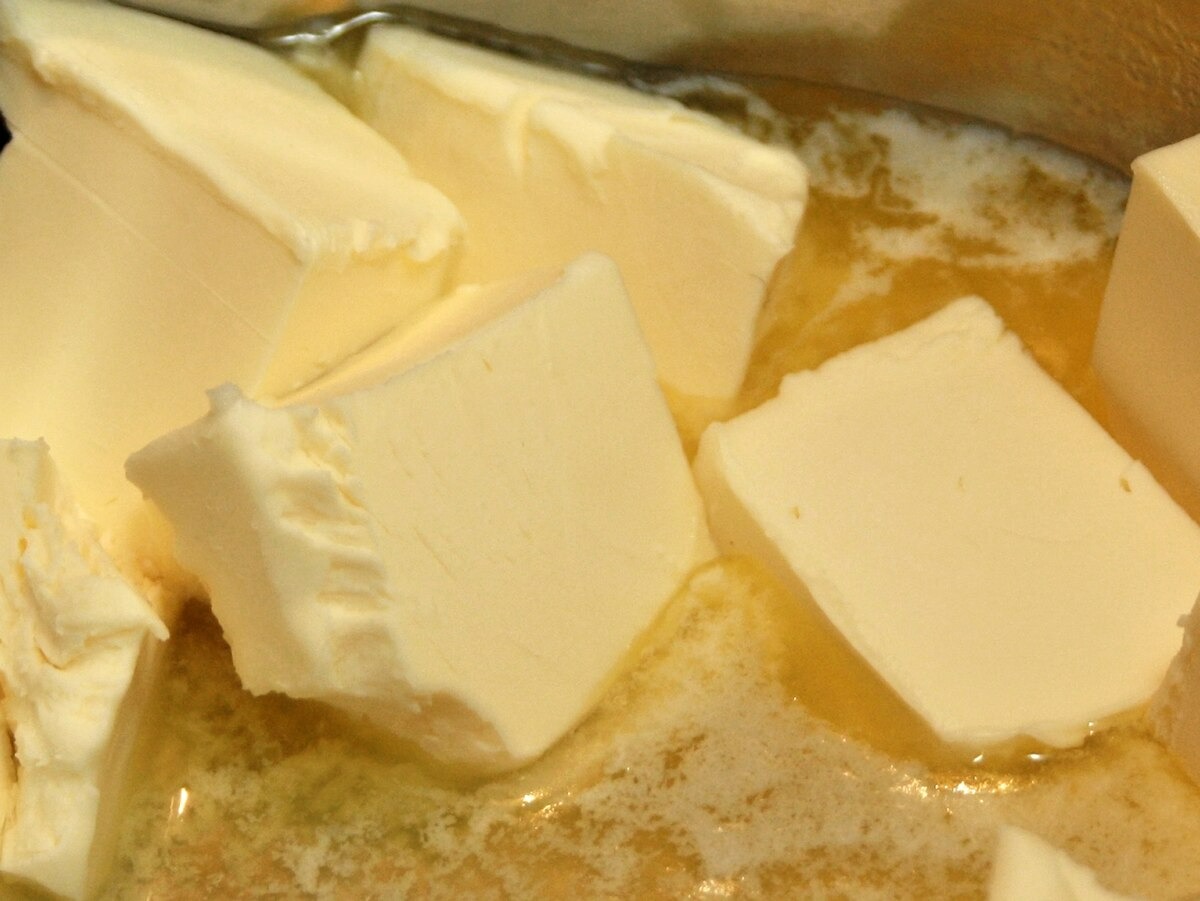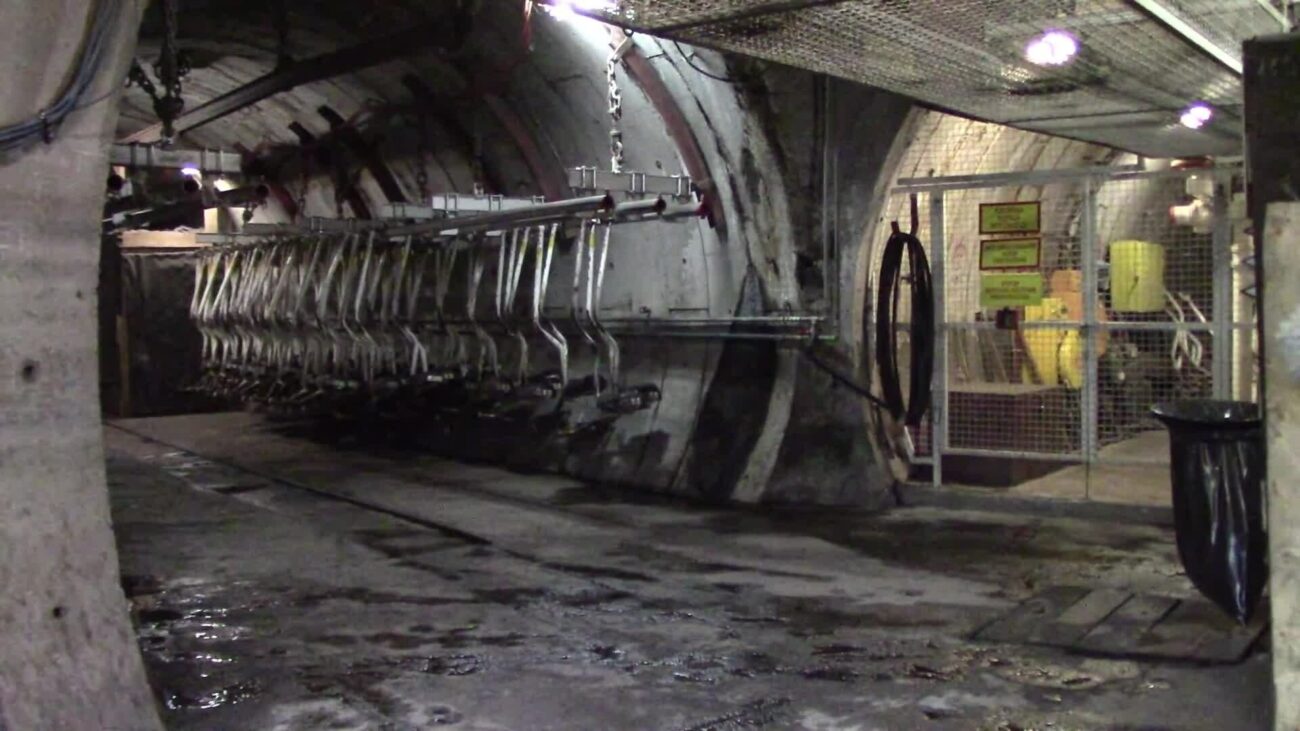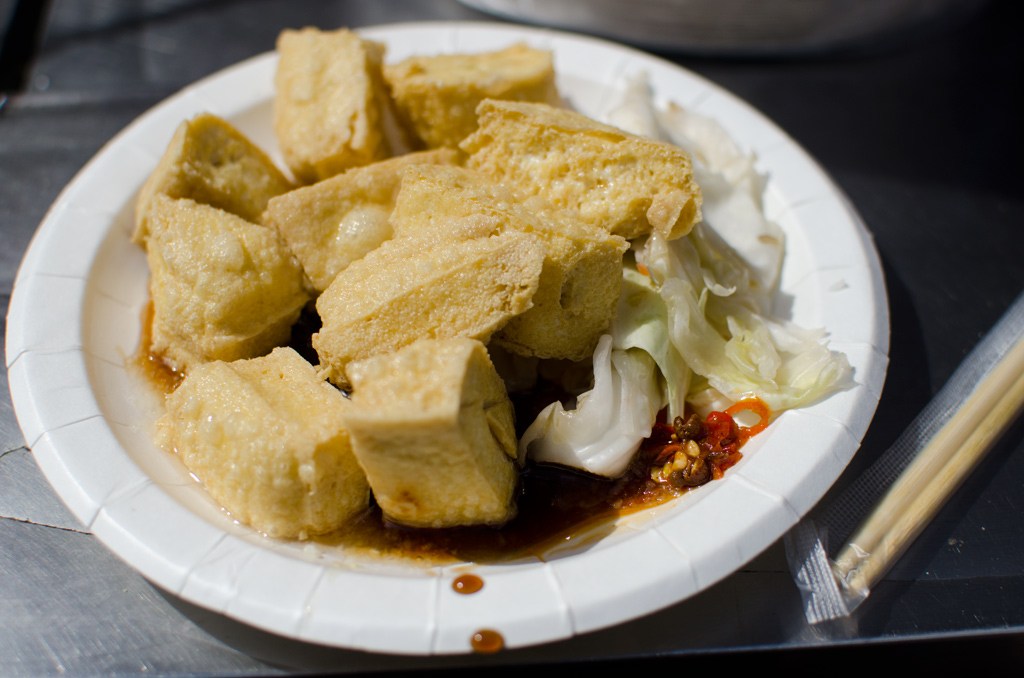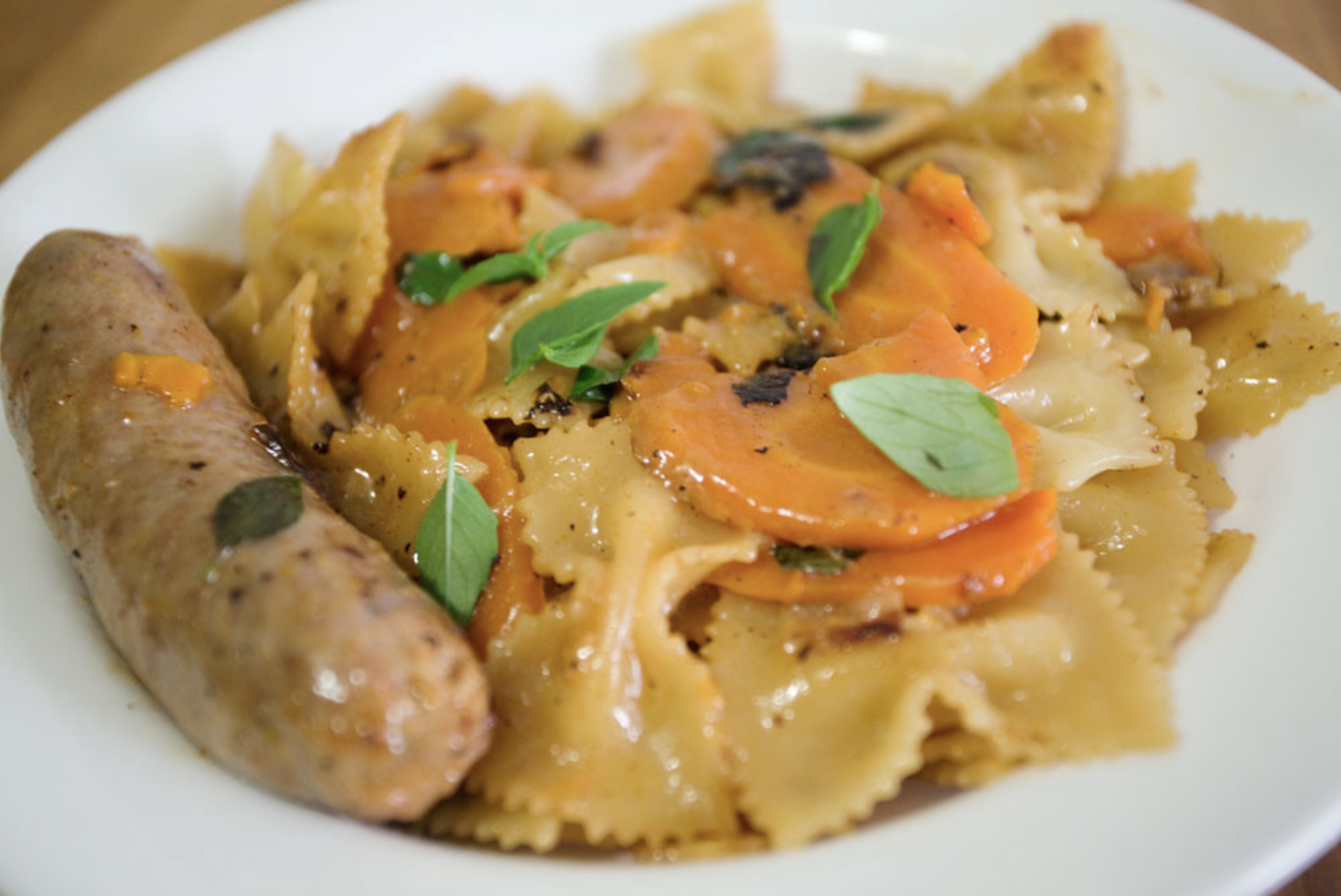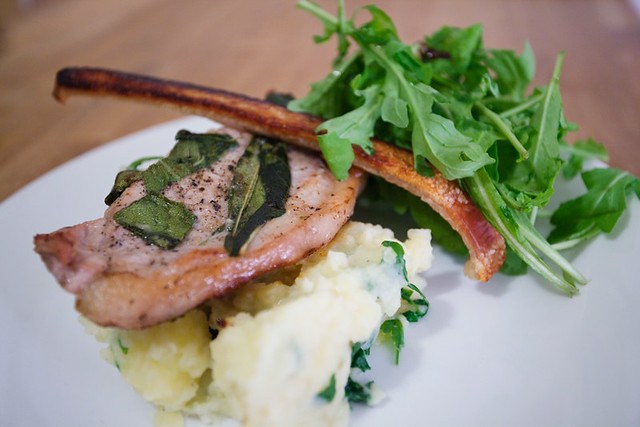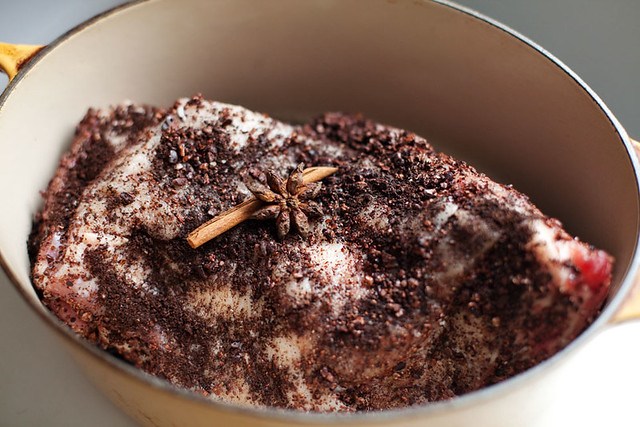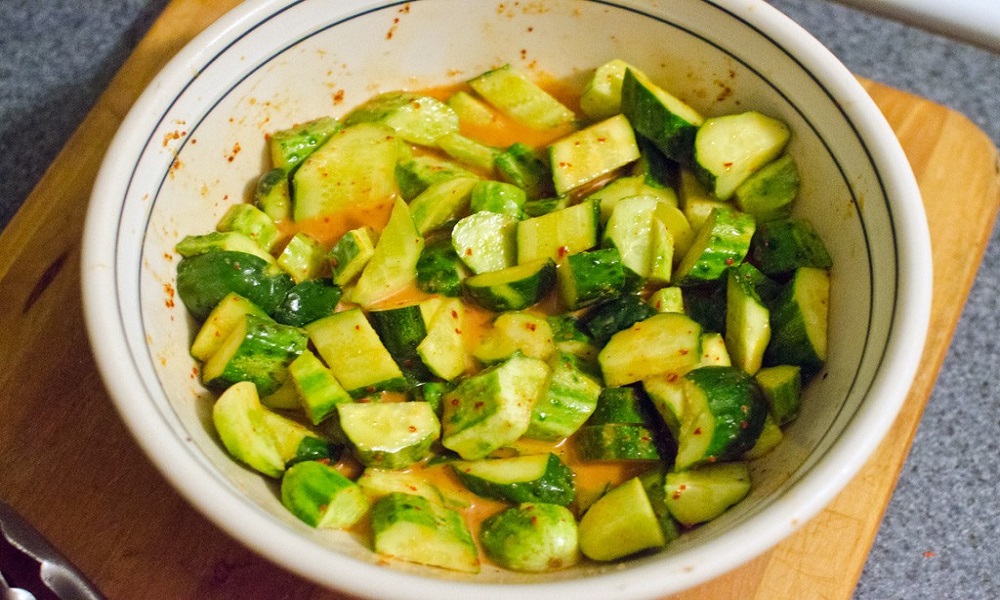There’s something almost mystical about the way flour transforms into silk ribbons of pasta, or how fire turns simple dough into golden, bubbling pizza. These aren’t just cooking techniques—they’re cultural artifacts passed down through generations of Italian nonnas who never measured anything but somehow knew exactly when the dough felt right. You don’t need to book a flight to Naples to master these skills, though the romance of it all might make you want to. What you need is understanding the alchemy behind Italy’s most beloved exports.
10. Regional Pasta Styles: A Map of Flavor
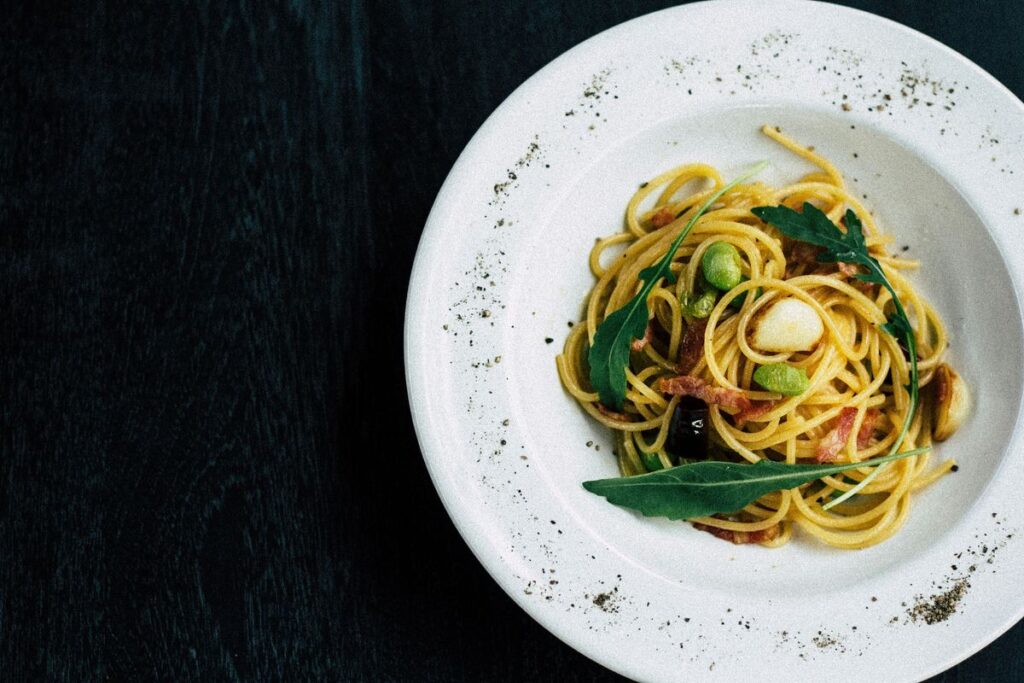
Italy boasts over 350 pasta shapes, each designed for specific sauces like pieces of an edible puzzle. Ridged penne and rigatoni grab hearty meat sauces, while thin spaghetti pairs with delicate oil-based preparations. Rome claims Carbonara, Genoa owns Trofie al Pesto, and Naples perfects Spaghetti alle Vongole.
Each region’s pasta reflects local ingredients and centuries of culinary evolution. Traveling through Italy means eating your way through history, one perfectly matched sauce and pasta combination at a time.
9. Sauce Emulsification: The Science of Silky Perfection
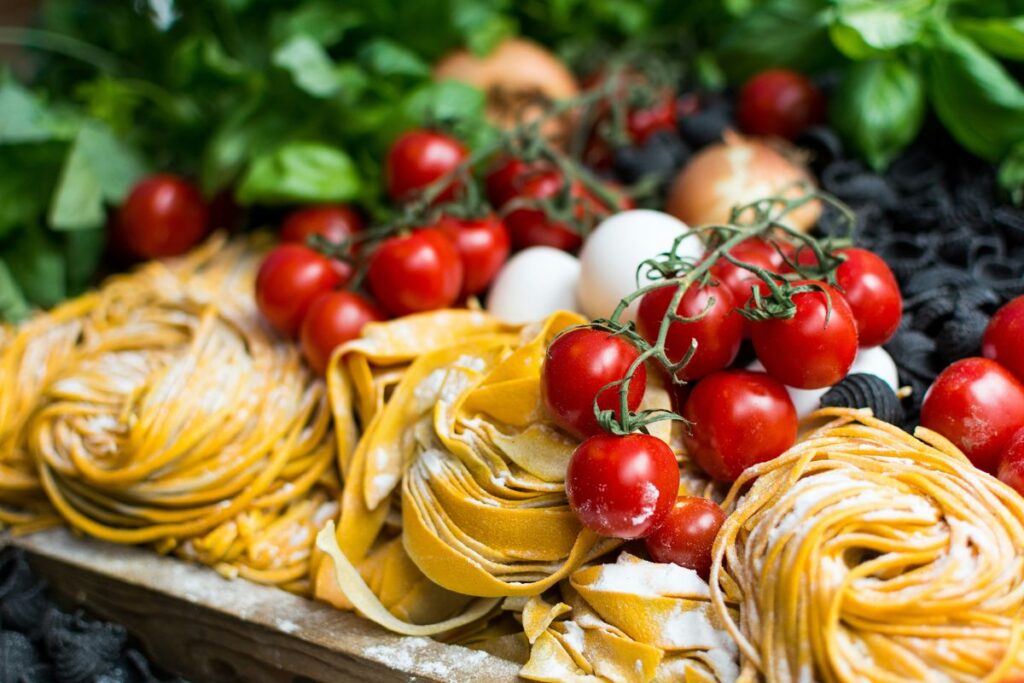
Emulsification binds fats and liquids into creamy, stable sauces that coat pasta like liquid velvet. Starchy pasta water acts as the mediator, while Pecorino Romano and Parmigiano-Reggiano contribute casein proteins that help everything come together.
The common mistake? Adding cold cheese to hot pasta, causing sauces to split faster than a bad relationship. Slowly incorporating warm pasta water into cheese creates smooth, luscious results. If your sauce breaks, add cold water and whisk vigorously—sometimes second chances work.
8. The Art of Dough: Patience Meets Precision
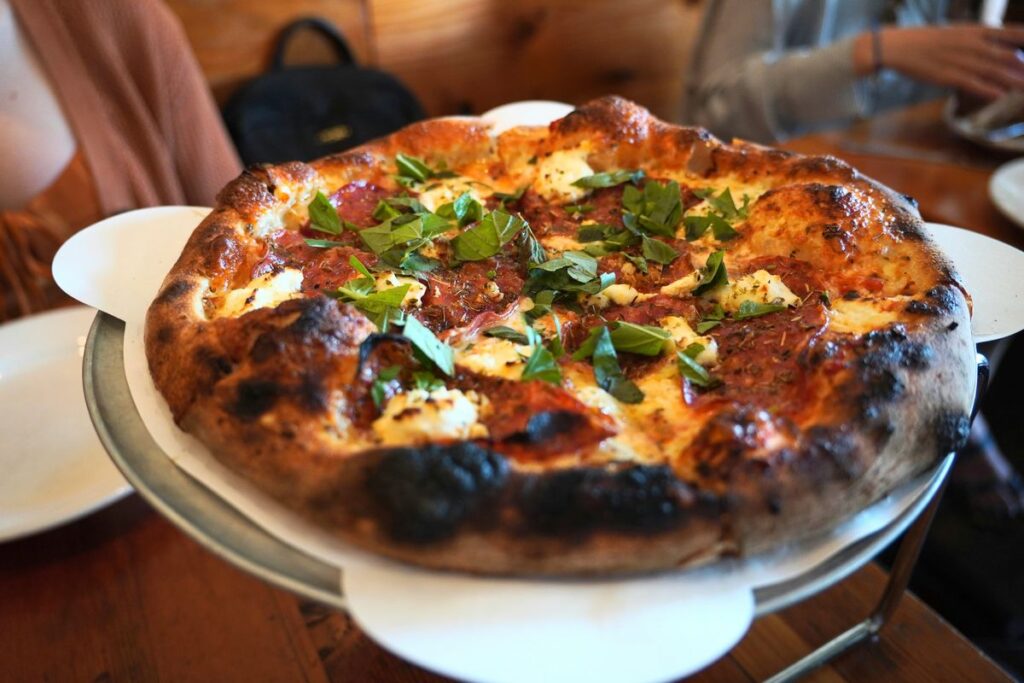
Dough is where science meets soul. Neapolitan-style pizza thrives on high hydration—around 65-70%—while slow fermentation at 39°F for 24 to 72 hours develops flavors that can’t be rushed. Hand-kneading for 10-15 minutes builds gluten strength, creating that perfect chewy texture.
Rushing fermentation or under-kneading results in dense, flavorless dough that tastes like regret. This isn’t Instagram-friendly cooking—it’s the kind that requires planning ahead and trusting the process. The reward? Dough that stretches thin enough to read through, if you were into that sort of thing.
7. Kitchen Setup for Success: Building Your Culinary Foundation
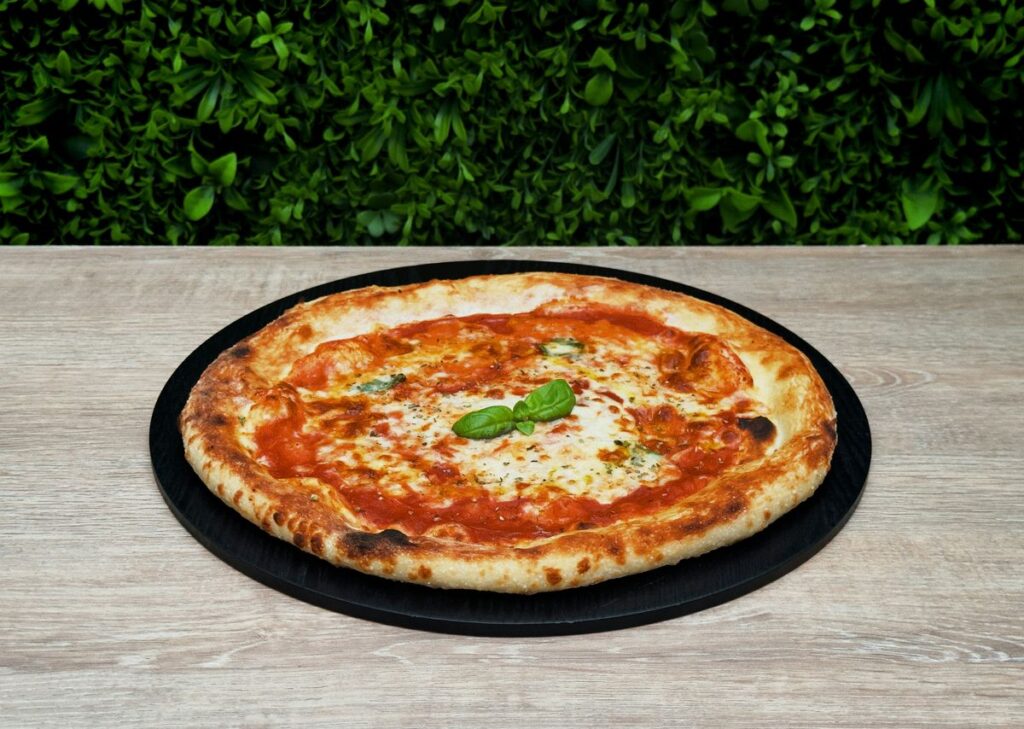
Your kitchen setup can make or break your pizza and pasta ambitions. A baking steel or stone dramatically improves heat transfer for crispy crusts. Pasta rollers and cutters allow fresh pasta creation, though rolling pins and knives offer budget-friendly alternatives.
Specialized tools provide advantages, but resourcefulness often compensates. Invest in quality equipment as your skills develop, but don’t let perfect be the enemy of delicious. Sometimes the best meals come from making do with what you have.
6. Pizza Styles Across Italy: Regional Pride on Display
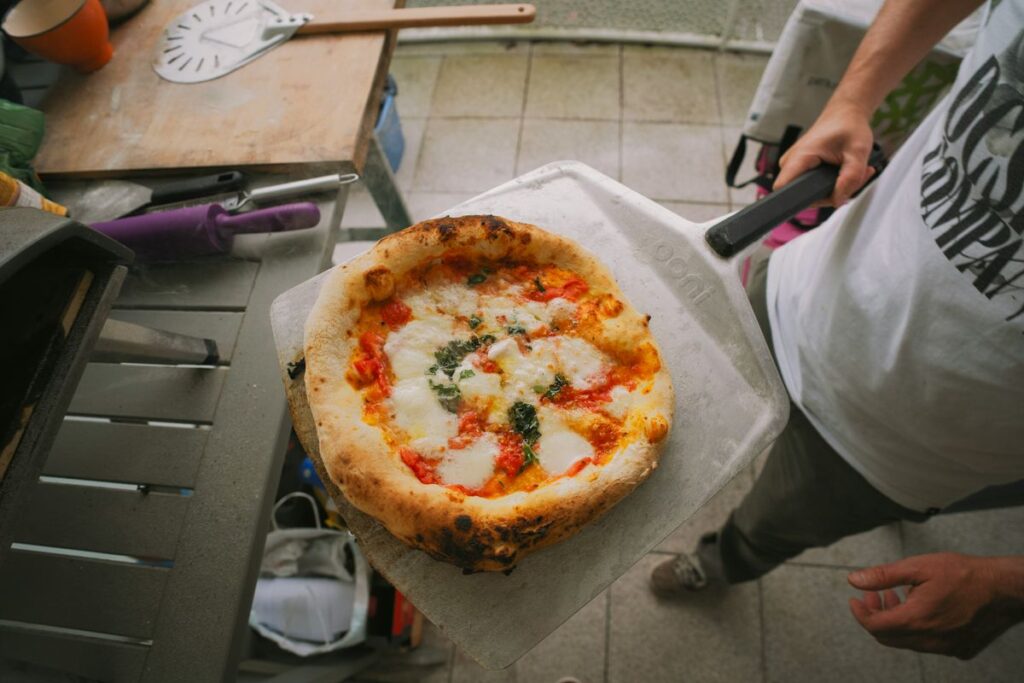
Italian pizza varies dramatically by region, like accents in a beautiful language. Neapolitan pizza bakes quickly at 900°F in wood-fired ovens, creating soft, pliable dough with charred edges. Roman pizza uses higher hydration for crispy results, while Sicilian pizza resembles focaccia with its thick, pan-baked approach.
Each style reflects unique ingredients and traditions passed down through generations. Wood-fired ovens aren’t requirements—they’re aspirations. Your home oven can create magic too, just with less dramatic flair.
5. The Perfect Sauce: Balancing Act of Flavors
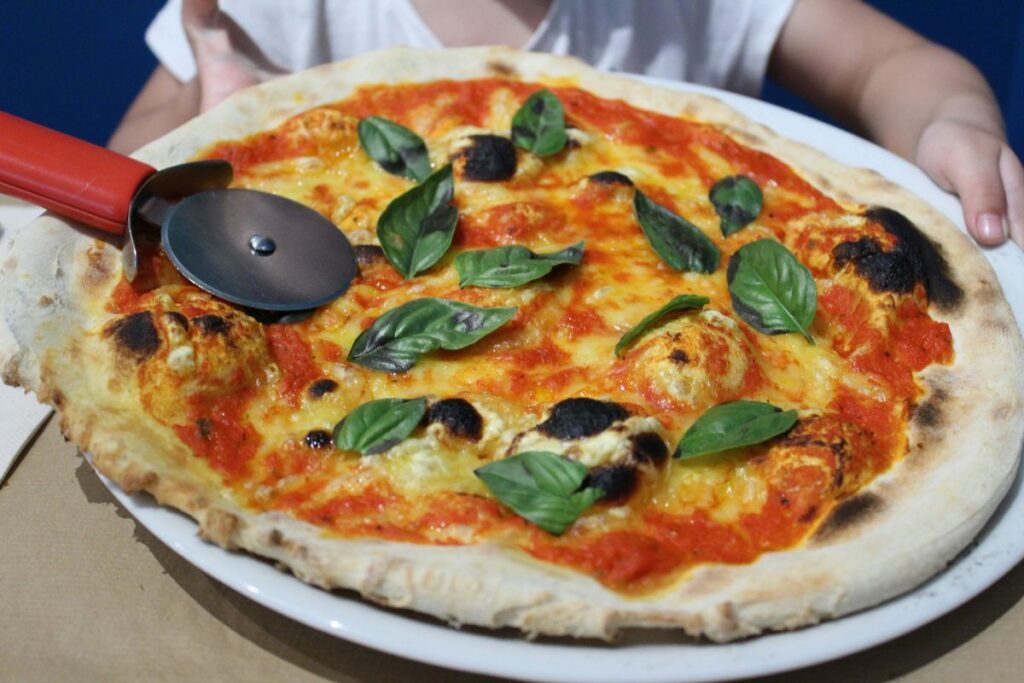
Sauce is where chemistry meets intuition. Neapolitan pizza sauce celebrates the bright, fresh flavor of uncooked crushed San Marzano tomatoes—no simmering required. Bolognese, on the other hand, achieves its depth through 2-4 hours of patient simmering, like a meditation practice that ends in edible bliss.
Balancing acidity is crucial—a pinch of sugar or baking soda can transform a harsh sauce into something that sings. Regional variations exist because Italian grandmothers never agreed on anything, and we’re all better for it. Each sauce tells a story of place and tradition.
4. Pizza Crust Perfection: The Foundation of Dreams
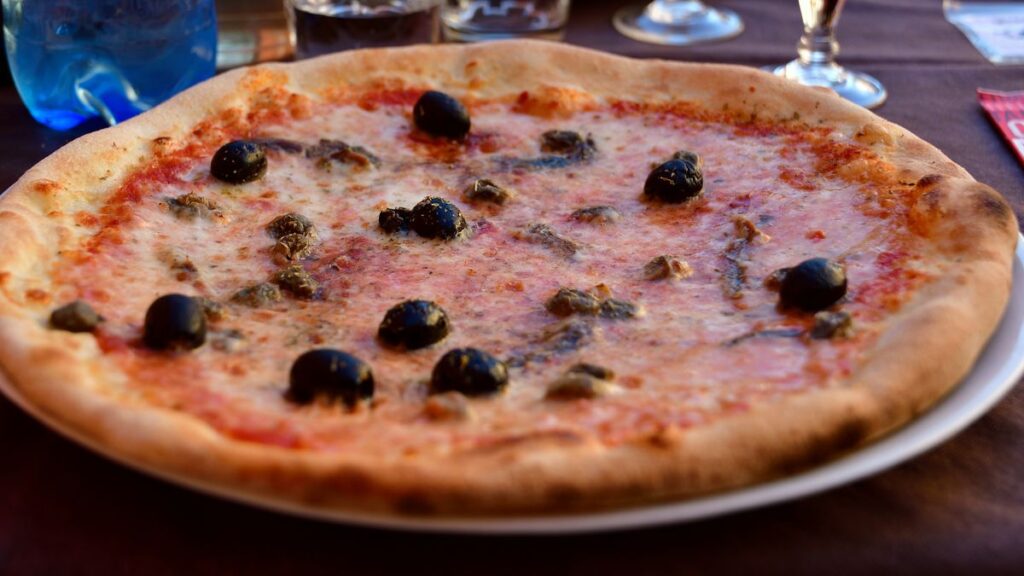
Great pizza starts with great crust, balancing crispness, chew, and airiness in perfect harmony. Preheat your baking stone or steel surface at 500-550°F for optimal results. No stone? An upside-down baking sheet works—it’s resourceful, not cheating.
Brush the crust with olive oil immediately after baking to enhance flavor and prevent drying. Experiment with different flours and fermentation times to find your signature style. Every pizza tells a story, and yours should be worth retelling.
3. Ingredient Selection: The Foundation of Everything

Professional chefs consistently emphasize that ingredient quality makes or breaks a dish, and they’re not just being precious about it. Double zero flour with 11-12.5% protein creates dough that stretches like a dancer’s limbs. San Marzano tomatoes bring low acidity and bright flavor that generic canned tomatoes simply can’t match.
Cold-pressed extra virgin olive oil elevates everything it touches, while fresh mozzarella melts into creamy perfection instead of the rubbery disappointment that comes from pre-shredded cheese. Yes, quality ingredients cost more, but compromising here is like buying a vintage guitar and stringing it with dental floss.
2. Texture and Taste in Pasta: The Al Dente Philosophy
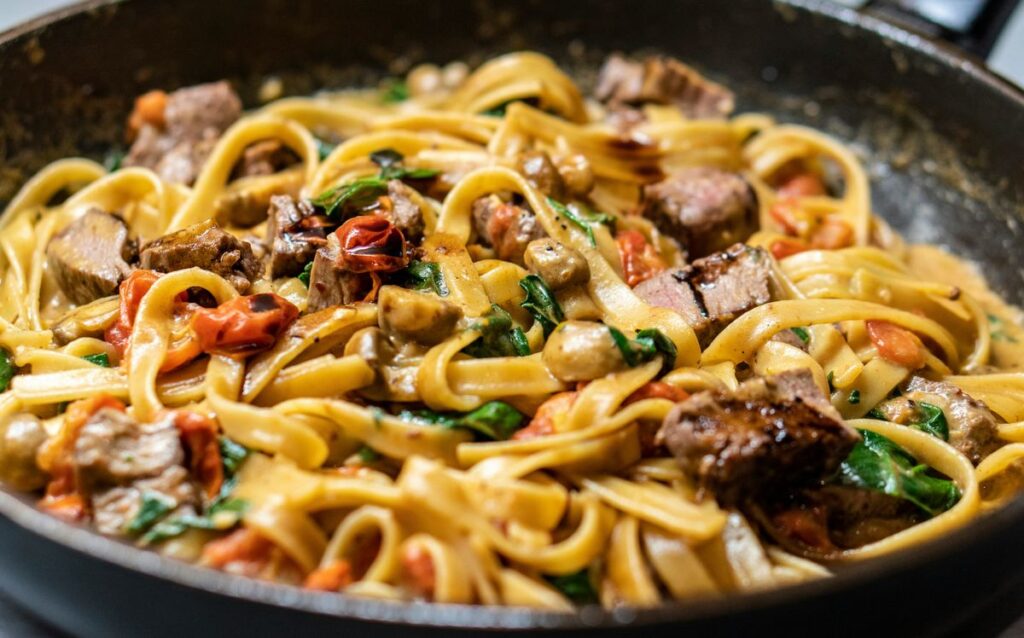
Al dente translates to “to the tooth,” meaning pasta should offer gentle resistance when bitten, not surrender like overcooked disappointment. Salting cooking water with 1-2% salt enhances pasta’s inherent flavor—it’s not optional, it’s essential.
Reserving pasta water is your secret weapon. Its starch content helps emulsify sauces, creating creamy consistency without actual cream. Skipping this step is like leaving the volume knob on mute—technically functional, but missing the point entirely.
1. The Power of Heat: Where Magic Meets Science
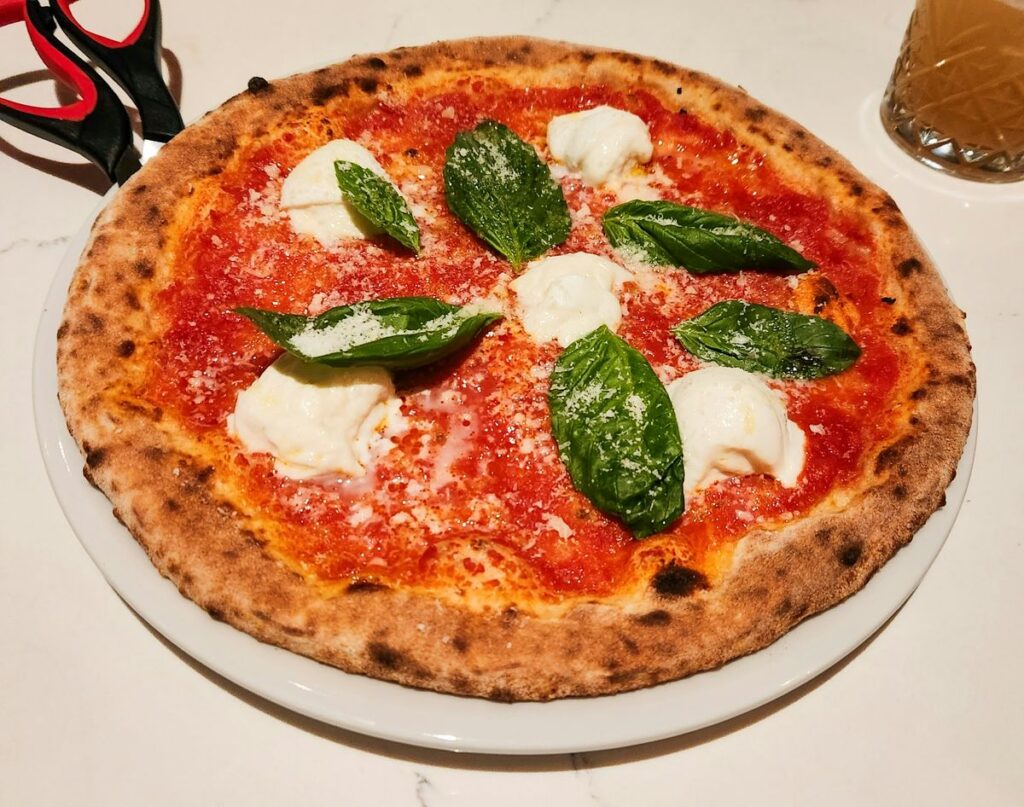
Heat isn’t just cooking—it’s transformation. The Maillard reaction kicks in around 285°F, creating those complex aromas that make your kitchen smell like a Roman trattoria at sunset. Pizza needs serious heat, ideally 850°F to 900°F, though your home oven’s 500°F will do if you’re not ready to install a wood-fired beast in your backyard.
The secret lies in ceramic stones or steel plates that distribute heat like a patient teacher explaining calculus. Pasta, meanwhile, achieves its signature al dente texture at a simple 212°F rolling boil. Too little heat gives you soggy pizza and gummy pasta—basically the culinary equivalent of a sad indie film with poor lighting.








